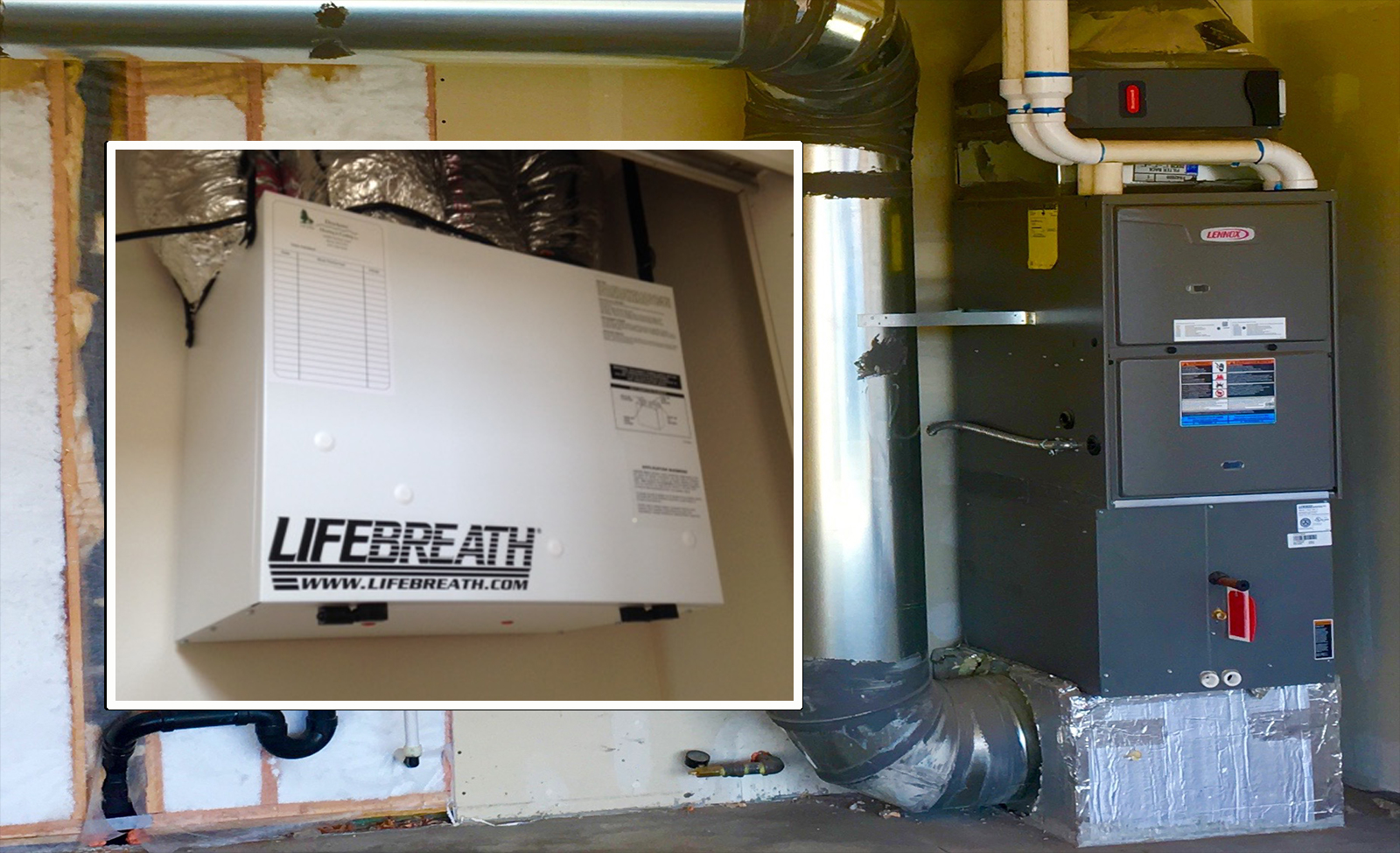The Biggest Questions Homeowners Ask About HRV
The All-Inclusive Overview to the Uses of Heat Recovery Ventilation in Modern Buildings
Heat Recovery Ventilation (HRV) systems represent a substantial innovation in developing technology (HRV Heat Recovery Ventilation). They supply an approach for trading stagnant interior air with fresh outdoor air while lessening power loss. This approach not only boosts indoor air high quality yet likewise adds to energy efficiency in both domestic and industrial structures. Comprehending the different applications and benefits of HRV can disclose its vital role in modern style and sustainability efforts. The ramifications of this technology are worth checking out even more
Comprehending Heat Recovery Ventilation Equipments

Although numerous contemporary structures focus on energy effectiveness, recognizing warmth recovery ventilation (HRV) systems is essential for optimizing indoor air high quality and lowering energy usage. HRV systems function by moving warmth from stale indoor air to inbound fresh air, effectively maintaining comfortable indoor temperature levels while minimizing energy loss. These systems include a warm exchanger, fans, and ductwork that help with the blood circulation of air. During winter months, HRV systems record and reuse heat from the outward bound air, while in summer season, they can assist cool inbound air. By continually exchanging air, HRV systems also decrease humidity and the concentration of indoor pollutants. Correct installment and maintenance of HRV systems are important for their efficiency and effectiveness in enhancing overall structure performance and comfort.
Advantages of Heat Recovery Ventilation
Heat recovery ventilation systems supply countless advantages that boost both power performance and indoor air high quality in modern buildings. By capturing and recycling power from exhaust air, these systems considerably minimize heating & cooling prices, bring about lower power usage. In addition, they maintain a constant flow of fresh outdoor air, decreasing the danger of indoor air toxins and irritants. This continual exchange aids regulate moisture degrees, protecting against mold and mildew growth and ensuring a much healthier living environment. In addition, HRV systems contribute to sustainability goals by decreasing total carbon impacts. Their capacity to maximize air flow without compromising thermal convenience makes them an important enhancement to contemporary structure style, promoting both economic and environmental benefits.
Applications of HRV in Residential Buildings
As home owners progressively focus on power effectiveness and interior air quality, the applications of warm recuperation air flow (HRV) systems in property structures have come to be much more common. HRV systems are specifically useful in snugly secured homes, where keeping fresh air flow is crucial for avoiding wetness build-up and interior pollutants. They effectively transfer warm from outbound stagnant air to incoming fresh air, reducing energy costs related to heating and air conditioning. Additionally, HRVs can improve comfort levels by managing moisture and temperature. They are likewise adaptable for numerous property styles, consisting of single-family homes and multi-unit buildings. Overall, incorporating HRV systems supports lasting living practices while making certain a much healthier interior setting for occupants.
HRV in Commercial and Commercial Setups
In business and industrial setups, the application of warmth recovery air flow (HRV) systems has ended up being progressively critical for optimizing power effectiveness and preserving air top quality. These systems successfully move heat from exhaust air to incoming fresh air, lowering the need for added home heating or cooling. This not just lowers power costs yet likewise article adds to sustainability efforts. Industries such as manufacturing, warehousing, and workplace structures benefit substantially from HRV systems, as they aid control temperature and humidity levels, ensuring a comfortable and effective environment. Additionally, HRV systems help in getting rid of impurities and excess moisture, improving indoor air top quality. As laws around air top quality end up being more stringent, the adoption of HRV modern technology is most likely to expand, making it an essential component of modern business and commercial facilities.
Future Patterns in Heat Recovery Ventilation Technology

Often Asked Questions
Just How Does Heat Recovery Ventilation Impact Indoor Air Quality?
Heat recovery ventilation considerably improves indoor air high quality by continuously exchanging stagnant interior air with fresh outside air while recouping power. This procedure decreases toxins, maintains excellent humidity levels, and guarantees a much healthier setting for occupants.
Can HRV Equipments Be Mounted in Existing Structures?
HRV systems can without a doubt be set up in existing try these out buildings. Retrofitting might call for modifications to ductwork and ventilation layouts, but it considerably enhances energy efficiency and interior air high quality, making it a feasible option for older frameworks.
What Maintenance Is Required for HRV Systems?

Are There Particular Climates Where HRV Is A Lot More Reliable?
Heat recovery ventilation systems are especially reliable in environments with significant temperature level differences between seasons. These systems optimize energy performance by recouping warm from exhaust air, making them excellent for both cold and reasonably warm environments.
Just How Do HRV Systems Affect Energy Bills?
